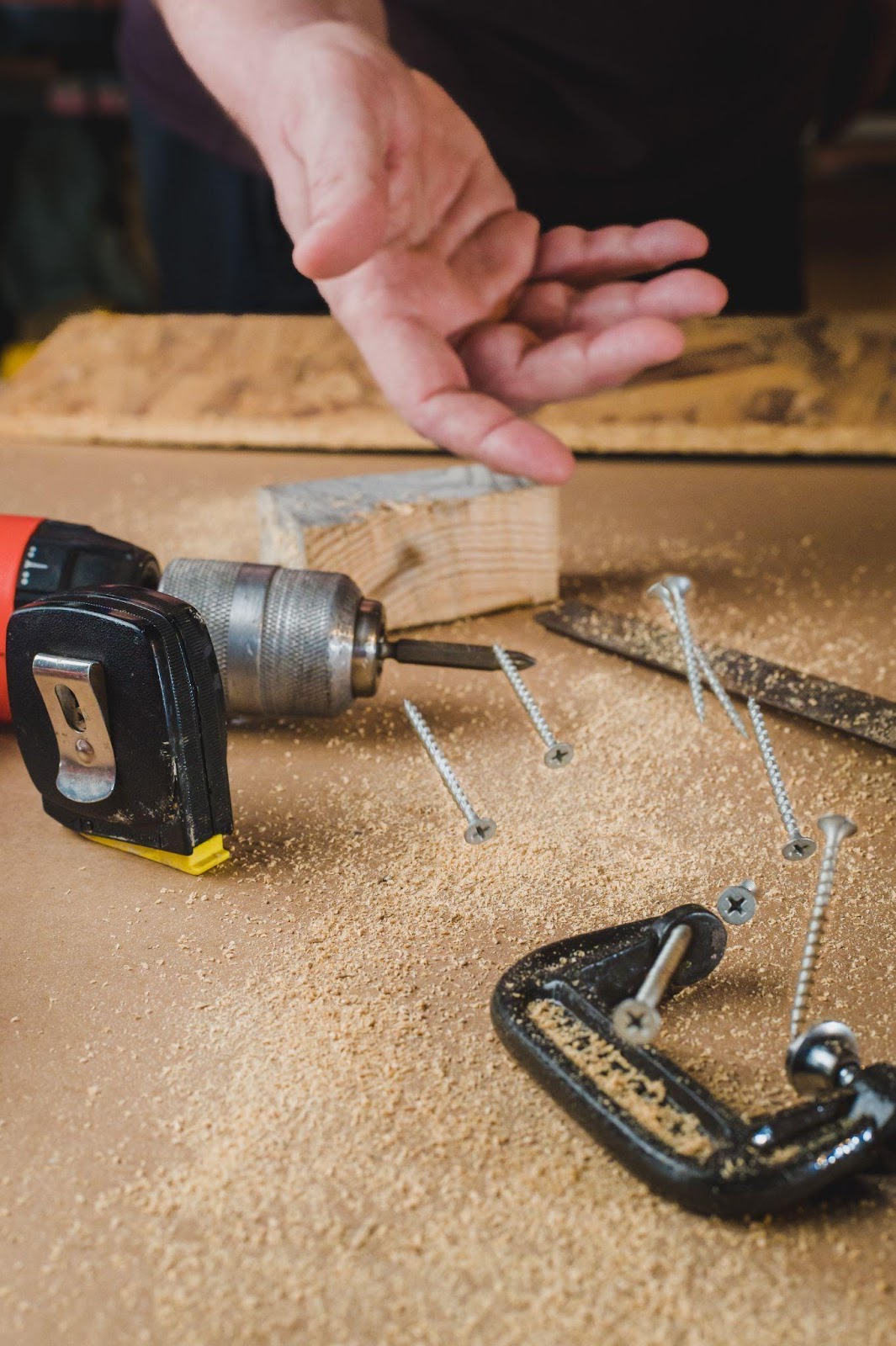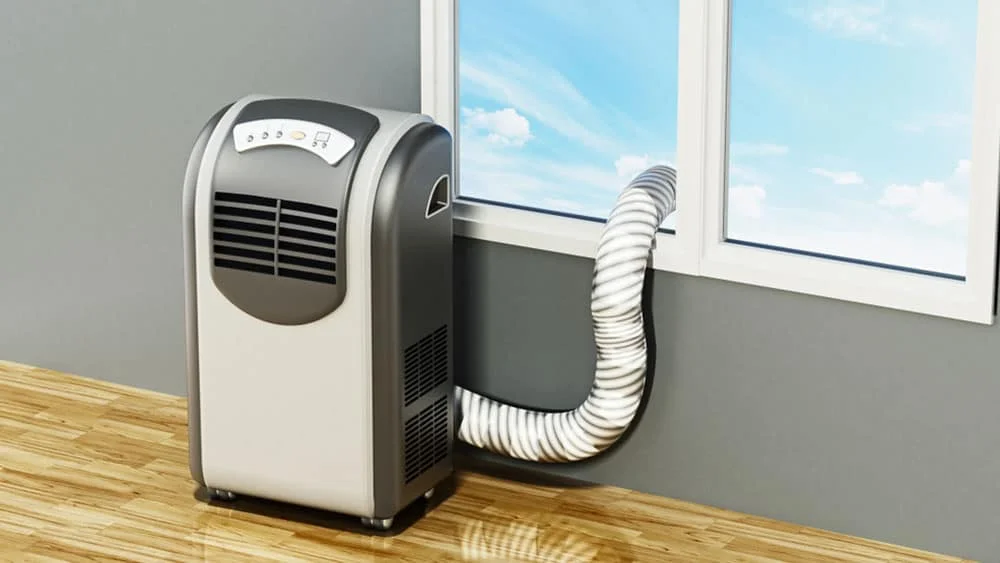DIY is an interesting and enjoyable activity where creativity and resourcefulness are used to enhance your home while saving money. There is one thing you absolutely need to know, whether you’re just dabbling in DIY as a pleasant pastime or diving headfirst into the depths of serious home remodelling. How to select and apply screws.
Wood screws may likely be required if you’re working with wood. In this post, we’ll learn about the many types and sizes of these tiny fasteners and examine everything linked to them. The post will discuss several wood screw kinds and how to pick the best one for your upcoming project. The best selection of wood screws is available online. Click here to get it.
Your Needs for DIY
Whenever you’re choosing materials and tools for your DIY project, the type of work you’re doing will affect it. Building a chair will require completely different materials and fasteners compared to fixing a sink.
When you’re building something, the type of materials used has an even bigger impact on the overall quality of the build. Think carefully about things like whether or not the item needs to withstand a load.
You need to think equally about aesthetics and practicality. Of course, having a functional finished product is important, but it needs to look good in your home too. Some fasteners are better suited for aesthetics, while others, such as galvanised screws, offer practical benefits for outdoor furniture.
Variety of Screws
Who would have thought there could be so many various types of screws, each with a special function and appearance? Some screws will be much more useful than others, depending on the demands of your project. Wooden items should only be joined together using wood screws. They are made to exert a lot of force using the thread but not so much force that the material is damaged.
There are wood screws available that are designed for particular uses. For instance, screws for particleboard have narrower threads to ensure that they can be used without causing the material to break.
Screw Material
MDF, chipboard, timber, softwood, and hardwood are just a few of the many types of wooden materials that can be joined together with wood screws. They are normally made of brass or steel, but to stop corrosion, they may also be plated or galvanised.
Screw Size
Wood screws exist in a variety of sizes, much like most other equipment. The screw will support heavier loads more effectively the longer and thicker it is. For example, larger screws are typically preferable when assembling a chair. On the other hand, smaller screw sizes that are less prone to harm the material are better for tasks involving thin and delicate wood.
Use Screws Safely
You’re almost ready to start your project. Once you’ve got your screws, the only thing stopping you is safety. That’s right; health and safety are just as important in DIY as they are anywhere else. Before you start to cut, drill or screw, you need to complete a risk assessment.
Thousands of people every year get injured in the UK due to DIY gone wrong. If you want to avoid ending up in A&E before you’ve had a chance to finish, you need to think carefully about the potential dangers. Even if you’re a DIY expert, care must be taken.
Always use the appropriate safety equipment, including goggles, especially if power tools are involved. Screws themselves are sharp, and you can injure yourself quite easily if you’re not careful.
Your DIY Needs
As ever in DIY, the type of project you’re working on will have a major impact on what kind of tools and materials you need. This also includes the type of fasteners like nuts, bolts and screws.
Have a think about what kind of project you’re working on and how you want it to look. What sort of materials do you need? Will you project need to withstand a heavy load?
For some projects, aesthetics is important, while others require durability and practicality. For example, a project to build outdoor furniture would require screws that are galvanised to protect them for corrosion caused by weather. Additionally, the screws need to be strong enough to support the necessary weight when the furniture is being used.
Types of Screws
Who knew there could be so many different kinds of screws, each with their own purpose and unique design? Depending on the needs of your project, some screws will be much more useful than others. Wood screws are specifically to be used when joining wooden materials together. They’re designed to apply a lot of force using the thread, but at the same time not too much force that it damages the material.
Within wood screws, you can find those that are specialised for specific purposes. For example, particleboard screws have a finer thread to ensure they can be used without splitting the material. There are also cabinet screws for furniture, that have a small head which makes them less visible on the finished work.
Screw Material
Wood screws may be used in a variety of different wooden materials including MDF, chipboard, timber, softwood and hardwood. They’re typically made from brass or steel, though they may be plated or galvanised to prevent corrosion.
Screw Sizes
Like most tools, wood screws come in a lot of different sizes. The longer and thicker the screw, the better it will be at supporting larger loads. If you’re building a chair, for example, larger screws are probably better. On the other hand, projects using thin and delicate wood benefit more from smaller screw sizes that are less likely to damage the material.
Using Screws Safely
So you’ve chosen the perfect screw for your next DIY project. Now you’re almost ready to get the tools out and start work. However, before you can start cutting, drilling and sawing, you need to take safety into consideration.
DIY accidents happen all over the UK, accounting for thousands of accidents every year. Whether you’re a beginner or a DIY expert, you should ensure your project is safe. That means wearing the appropriate safety gear and carrying out a risk assessment before you get started.
When using screws, there are a lot of potential risks to look out for. Wood screws can be sharp, and if you’re using a power drill to tighten them into the material, you need to be careful when using it.












